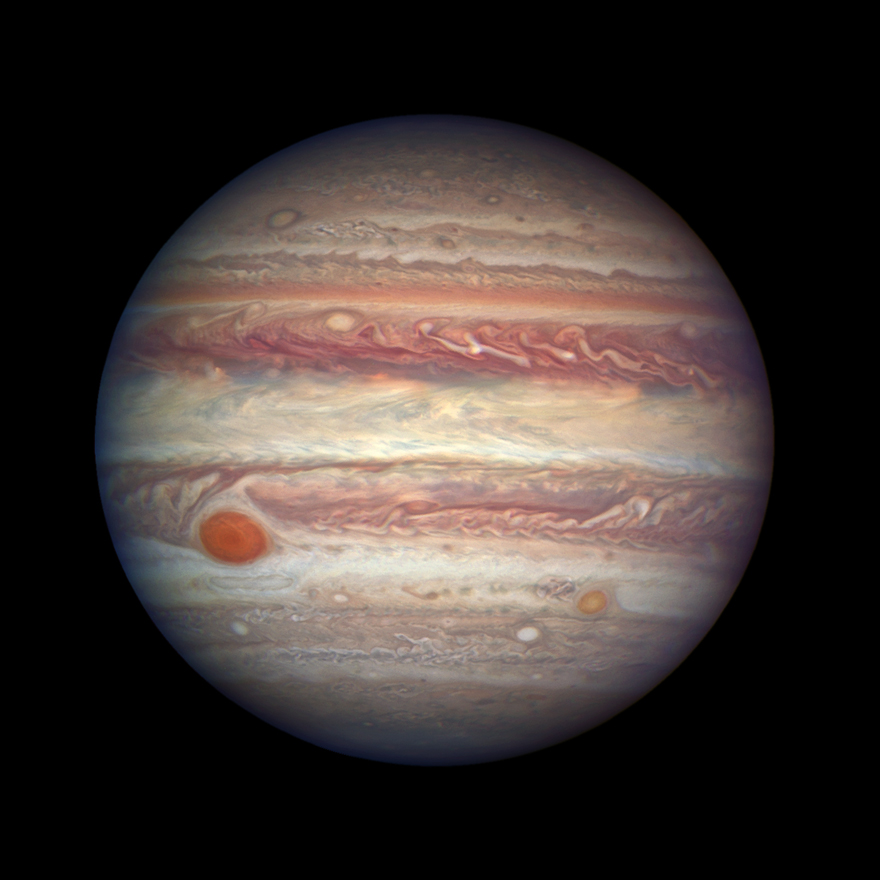Fact sheet: Planet

Jupiter is a type of planet known as a "gas giant." (Credit: NASA/ESA/A. Simon, NASA Goddard)
Description
A planet is a celestial object massive enough to become spherical under the force of its own gravity. There are two main types of planets: gas planets and rocky planets. Rocky planets like Earth are smaller and are mostly made of solid materials like iron. Gas planets may have a rocky core, but are mostly made up of huge quantities of gases like hydrogen, helium and methane. They are much bigger than rocky planets. An exoplanet is any planet orbiting a star that is not the Sun.
Examples
- Our solar system contains eight planets: Mercury, Venus, Earth, Mars, Jupiter, Saturn, Uranus and Neptune.
- Exoplanet Proxima Centauri b orbits our closest stellar neighbour, Proxima Centauri.
Size
Planets range from about the size of Earth's Moon to about four times the size of Jupiter.
Mass
Planets range from about half the mass of Mercury to over 4,000 times the mass of Earth.
Temperature
Depending on the distance between a planet and its parent star, planets can have average temperatures of nearly 10,000 degrees Celsius or several hundreds of degrees below freezing.
Appearance
All planets are spherical. Some planets have moons, disks or rings orbiting them. Smaller planets have rocky surfaces and can have atmospheres and oceans. Larger planets are mostly made of gases and ice.
Location
- Planets orbit stars.
- Rogue planets are those that were ejected from their solar systems after their orbits became unstable. They now fly through space.
- Dwarf planets, such as Pluto, are too small to be categorized as planets despite being roughly spherical and orbiting a star.